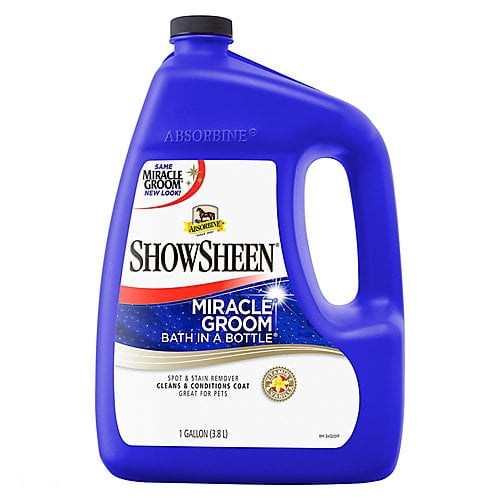
The salt will penetrate and leach into the soil. The presence of salt in this recipe is what will eventually bring permanence to your weed killing. Apply to weeds or grass on a dry, sunny day to areas you don’t want to see vegetation of any kind in the future. It may not completely dissolve, but that’s okay.Īdd 1 teaspoon of liquid dishwashing soap (this is to break the surface tension of the mixture so it will stick to the plant material you’ll be killing). Salt dissolves more quickly in vinegar than in water, but it takes a bit of doing. Apply the lid and shake to dissolve the salt. Do this in a container that is larger than one-gallon capacity so you have room for the salt. To kill all vegetation in walkways, driveways and other areas where you don’t want any living thing to grow again, mix two cups ordinary table salt with one gallon of white vinegar. Weed Killer for Areas Never to Grow Again READ: Dinner-in-a-Box is Not What I Thought.Because vinegar will not harm the soil, you can safely replant the area once the weeds have died. However, do not worry about the vinegar killing anything below the soil. Be careful to not spray anything you want to live. Pick a hot, dry day to spray weeds until saturated, and they will wilt and shrivel up within hours. If you have weeds in areas you want to replant, fill an ordinary garden sprayer with white vinegar and add about one teaspoon liquid dishwashing soap like blue Dawn or Meyer’s Clean Day. Apply sprayer top and follow the instructions on the sprayer to get it ready to spray. The purpose of the soap is to break the surface tension of the vinegar so it sticks to the weeds, forcing them to absorb it more readily. You will be using only a few drops, so the brand doesn’t matter. Just cheap iodized or un-iodized generic salt also known as sodium chloride (NaCl). Use the cheapest kind of salt you can find in the supermarket-NOT sea salt, rock salt, Epsom salts (Epsom salt, chemically, is not even close to table salt, trust me on that) or anything fancy.

If you can find a higher acidity, even up to 20%, it is going to work faster, but the end results will be the same. Ordinary distilled white vinegar with 5% acidity is cheap and works great.

I kill weeds like crazy with kitchen pantry items that are really cheap and non-toxic: white vinegar, ordinary table salt, and dishwashing liquid.įirst I will give you the ingredients, followed by two Weed Killer recipes using them: White vinegar There is one provable and very compelling reason not to buy Roundup: It’s too expensive! Even if it were proven beyond a shadow of a doubt that Roundup is safe as water, I still wouldn’t shell out the high price for the stuff.

To say that glyphosate, Roundup, and GMO foods have become a bit controversial would be, to put it mildly. Now farmers could spray with abandon and not worry about their crops. So Monsanto sent its chemists back to work to develop glyphosate-resistant, or “Roundup ready crops” that have had their DNA altered (genetically modified or GMO) to allow them to be immune to glyphosate. Just one problem: It was nearly impossible to kill the weeds without also killing their crops. In no time, the company gave its miracle weed killer the brand name Roundup.įarmers, especially, went wild for Roundup. In 1970, John Franz, a chemist for Monsanto, discovered that glyphosate is a potent herbicide that kills almost every plant material imaginable.

If you think there’s no way a DIY homemade weed killer could possibly be effective, even potent, against weeds, think again! But first, a story …


 0 kommentar(er)
0 kommentar(er)
